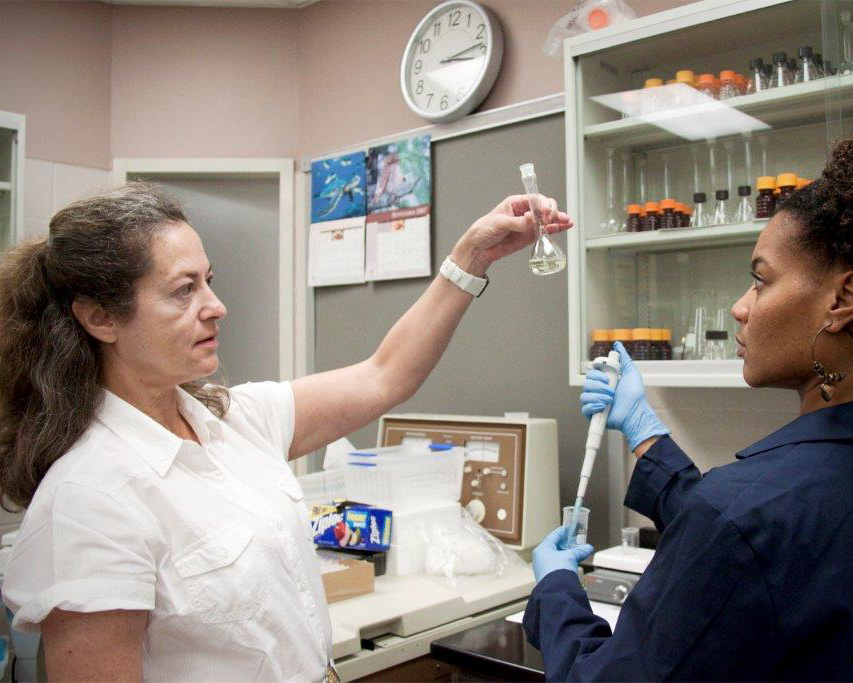According to webmd.com, when it comes to fat, there’s one you don’t want to cut back on: omega-3 fatty acids. You can usually find these fats in fish, nuts, and seeds.
“Studies of hunter-gatherer societies and estimates of foods available during man’s evolution from paleolithic nutrition indicate that man evolved on a diet that was low in saturated fat and the amounts of omega-3 and omega-6 fatty acids were about equal,” said Dr. Adela Mora-Gutiérrez, Cooperative Agricultural Research Center (CARC) research scientist in Food Chemistry at PVAMU.
“Over the past 10,000 years with the development of agriculture, changes began to take place in the food supply, especially during the last 100-150 years, that led to increases in saturated fat from grain-fed cattle; increases in trans fatty acids from the hydrogenation of vegetable oils; and enormous decreases in omega-6 fatty acids, about 30 grams per day, due to the production of oils from vegetable seeds such as corn, safflower, and cotton.”
In simpler terms, most people aren’t ingesting enough omega-3s. In 2002, Mora-Gutiérrez began her mission to help reverse that trend. “Omega-3 fatty acids have been proven to lower coronary disease and cancer rates, improve immune function and brain health, and reduce rheumatoid arthritis inflammation. Thus, it has led to a high demand by consumers for foods and beverages fortified with oils ‘rich’ in omega-3 fatty acids such as flaxseed, fish, algae, krill, seal, and squid,” said Mora-Gutiérrez. “These days, there is a higher need to fortify foods and beverages with omega-3 fatty acids. However, the omega-3 fatty acids EPA and DHA present in marine oils are readily oxidized to produce rancidity or off-flavor volatiles when exposed to air, light, elevated temperatures and transition metals.”
To combat the less-than-pleasant results, Mora-Gutiérrez is leading research having to deal with the chemical stabilization of oils rich in omega-3 fatty acids in food mixtures during storage. “The “A” for Agriculture is important to all the Texas A&M System of universities in Texas,” said Mora-Gutiérrez. “PVAMU, a member of the Texas A&M University System, is repositioning agriculture as part of a wellness solution to the health crisis in the USA through the development of innovative antioxidant formulations to deliver freshness to omega-3s in food applications for a healthier you.”
You can view Mora-Gutiérrez’s profile here.
###
-This story by Marchita Shilo originally appeared in Academic Insights.

